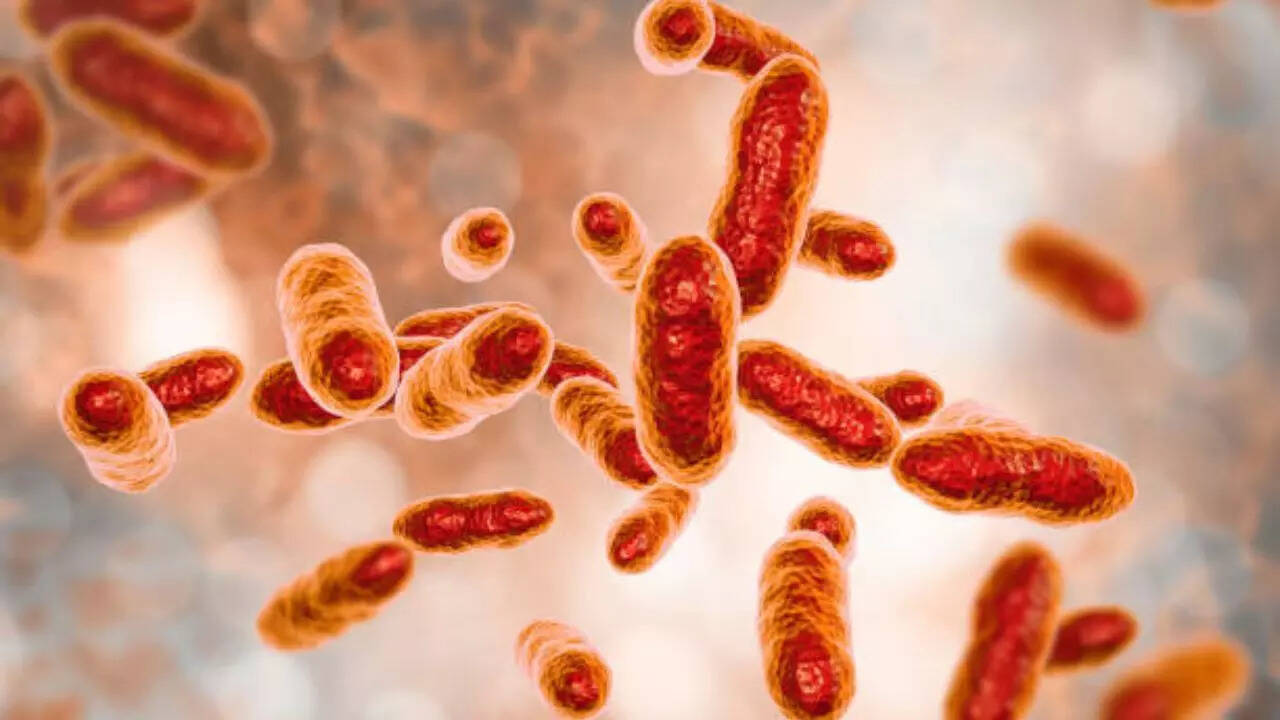ARTICLE AD BOX

Image credits: Getty Images
According to the Centers for Disease Control and Prevention, in the United States one person dies from a cardiovascular disease every 34 seconds. Heart disease is the leading cause of death for men, women and most people of racial and ethnic groups.For decades, heart attacks have been explained as results of high cholesterol, hypertension and lifestyle factors. However, according to a post going viral on the internet, heart attacks are caused by infection.As per the post that has received more than 4K likes, research from Finland and the UK suggests that bacterial infection may directly trigger heart attacks. In explanation, the post said that scientists studying arterial plaques discovered biofilms- sticky bacterial colonies that can remain dormant for years, hidden from the immune system and antibiotics.However, when awakened by a viral infection or major stress, these bacteria appear to spark sudden inflammation, destabilizing the plaque and causing it to rupture. This, leads to a clot that blocks the blood flow and causes a heart attack.The post also quoted research from the Journal of the American Heart Association which found genetic traces of oral bacteria in the arteries of the patients who died suddenly or underwent surgery for atherosclerosis.
Is this true?

Image credits: Getty Images
Arteries can be blocked by the formation of blood clots, a coronary artery spasm or buildup of plaque. Previously, a study published in the Journal of the American Heart Association analysed acute infections as triggers for cardiovascular disease to find that they are associated with a high CVD risk. Additionally, a study published in the National Library of Medicine, also linked bacterial infections to an increased risk of arterial plaque buildup.Now, a recent study published in the Journal of the American Heart Association has also found that bacteria found in the mouth and throat can be triggers for heart attack.How so? Well, for the research the researchers analysed coronary plaque samples from 121 people who had died from sudden cardiac death and 96 people who had undergone surgery to have the plaque from the arteries cleaned.In the conclusion, scientists discovered that the bacteria of the viridans group Streptococci, commonly found in the mouth in the saliva and dental plaque were the most common bacteria in the samples.“Oral viridans group Streptococci are known to act as early colonizers in the buildup of the dental biofilm known as dental plaque,” Karhunen, the first author of the study explained. “This signals that the streptococci may not be there alone — it is possible that there is a biofilm composed of many bacteria. In fact we have unpublished results confirming this.”However, he noted, “the situation changes dramatically when the biofilm activates for [some] reason or other, and starts to produce a new generation of bacteria that break out from the biofilm and infiltrate the atherosclerotic plaque, causing inflammation that can rupture the plaque ending up in the formation of a thrombus.”“We aim to show that there is a biofilm consisting of many bacteria in the atherosclerotic plaques and we also study the possibility that calcification of the biofilm — which occurs on the surface of the teeth — might also be involved in the calcification of coronary arteries,” Karhunen added.



.png)
.png)
.png)
















 2 hours ago
4
2 hours ago
4









 English (US) ·
English (US) ·